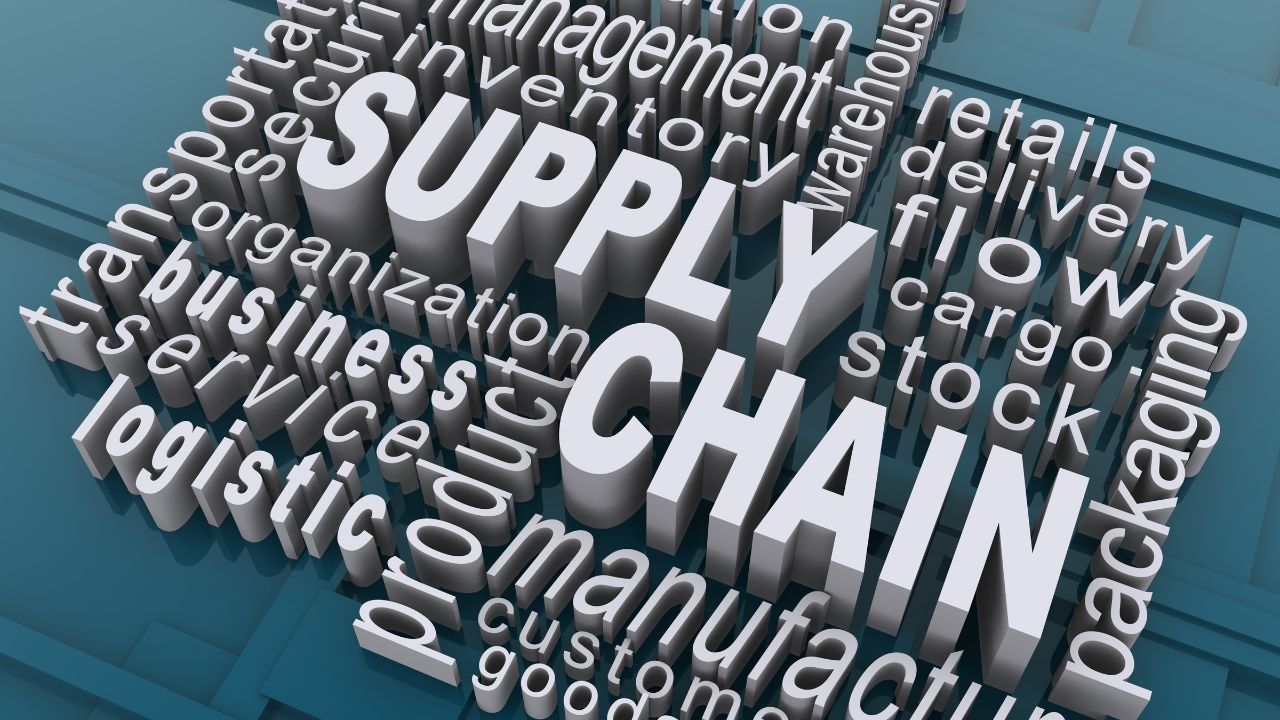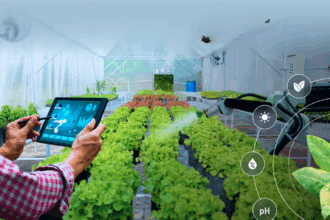The global transition to electric vehicles (EVs) is not only reshaping the transportation industry but also revolutionizing manufacturing supply chains. The increasing demand for sustainable, low-emission vehicles is prompting manufacturers, logistics providers, and supply chain stakeholders to rethink their strategies. Traditional supply chains designed for internal combustion engine (ICE) vehicles must evolve to accommodate the unique needs of EV production. This shift brings new logistical challenges and opportunities for those involved in the automotive supply chain.
DP World and Canary Media’s joint report, Navigating the Opportunities and Challenges of an Electric Vehicle-Centric Manufacturing Supply Chain, delves into the changes and adaptations needed for this transformation. Here, we explore four key areas where supply chains must adapt to keep up with the evolving demands of EV production.
1. The EV Battery Supply Chain
At the heart of every EV is its battery, the most expensive and critical component of these vehicles. As battery production is costly and complex, manufacturers face increasing pressure to locate battery production facilities close to EV assembly plants. This proximity is vital to minimizing transportation costs and managing the safe handling of these large, heavy, and delicate components.
Batteries also present specific logistical challenges, from transportation to storage, due to their size and safety requirements. Proper infrastructure must be in place to handle battery transport safely, ensuring that they reach assembly lines efficiently. This transformation requires rethinking the logistics around battery storage, factory layouts, and supply chain coordination to ensure smooth production and delivery.
2. Factory Floor Logistics
The production of EVs is fundamentally different from that of traditional ICE vehicles. ICE cars have numerous moving parts and components that require a complex assembly process. EVs, in contrast, are simpler, with fewer parts, which means manufacturing facilities need to adapt to this new production reality.
To produce EVs efficiently, manufacturers must redesign factory floors to accommodate the specialized needs of these vehicles. This includes investing in equipment for handling large batteries and reconfiguring assembly lines to streamline the production process. These changes impact not just the physical layout but also the logistics involved in moving vehicles from the factory to dealerships or customers.
Logistics fleets must also adapt to EV transportation, as batteries pose safety concerns during transport. Vehicles carrying EVs need to meet specific safety standards, ensuring that batteries are transported securely and efficiently.
3. Lower Maintenance Demands of EVs
Electric vehicles offer a significant advantage over ICE vehicles in terms of maintenance. EVs have fewer moving parts, reducing the overall maintenance needs throughout their lifespan. This reduction in complexity is pushing supply chains to become more streamlined.
For logistics providers, this shift toward fewer components means lower inventory and storage costs. The need for extensive parts transportation and storage diminishes, allowing supply chains to become more efficient. As a result, traditional supply chains must pivot from handling the vast number of ICE vehicle components to a more targeted and specialized system focused on EVs.
This reduction in complexity and maintenance also allows logistics providers to focus on optimizing other aspects of the supply chain, such as speed and cost-efficiency. However, this shift also means that traditional supply chain models must evolve to stay relevant in the age of EVs.
4. Integrating Circular Economy Principles
One of the greatest opportunities that the EV revolution presents is the potential to integrate circular economy principles into the supply chain. The concept of the circular economy emphasizes reducing waste by reusing and recycling materials, a critical aspect for the EV industry, especially concerning batteries.
Materials such as lithium, cobalt, and nickel are essential for EV battery production, and sourcing these raw materials can be expensive and geopolitically challenging. By recycling and repurposing these materials, manufacturers can reduce their reliance on raw imports, lowering costs while minimizing environmental impact.
The adoption of circular economy principles can enhance the sustainability of EV production while helping manufacturers mitigate supply chain risks. Recycling battery components not only conserves resources but also strengthens the resilience of the supply chain, making it less vulnerable to global supply disruptions.
Conclusion
The shift to electric vehicles is transforming the global supply chain, pushing manufacturers and logistics providers to innovate and adapt. From reconfiguring factory floors to developing sustainable battery supply chains, the EV industry presents both challenges and opportunities for stakeholders. Key changes in logistics strategies, such as reducing maintenance demands and integrating circular economy principles, are paving the way for a more efficient and sustainable future.
As the world moves towards a greener automotive industry, those who invest in modernizing their supply chains and embracing sustainable practices will lead the charge in powering the future.







